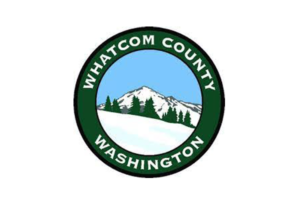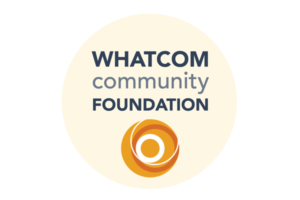I was recently a panelist in a breakout session about financing food hubs. My segment was on the importance of business planning in effectively raising money. With only 15 minutes for prepared remarks, I wondered how to distill into a few key points all of the valuable information that goes into a great business plan. It got me thinking about how intimidating developing a business plan can be. Many people assume they need to be 100 pages, take way too much time to write, are unnecessary because they are never accurate, and that ultimately they never get used. It’s no wonder people feel so overwhelmed.
As I scribbled my notes in preparation for the panel, I realized that developing a business plan can be far less intimidating if you focus on these four things:
- Value Proposition: a strong problem/solution statement
- Addressable Market: a realistic estimate of the size of your market
- Sales Plan or Pipeline: a solid plan for hitting your revenue projections
- Sources and Uses: a good understanding of how much and the types of funding you need
And in translating my comments for this blog, I realized that a short talk can turn into a long blog post, so I’ll cover the first two in this Part 1 and the last two in a separate post, Part 2.
1. Value Proposition
This is your problem/solution statement, sometimes known as product/market fit. What problem are you solving? What unique solution do you bring to that problem? How much are customers willing to pay for your solution? The answer to the first question is probably the reason you started the enterprise in the first place: you saw some unmet need or some opportunity that no other organization was addressing. The second question is answered in the elements of your business model that are different from others operating in your space: you offer customers something nobody else does. To answer the third question, you must to talk to lots of potential customers that have the problem (rule of thumb: at least 25). You must hear from the large majority that they value your solution enough to pay what you are asking for it.
We did a food hub planning project in a large metropolitan area and found more than 150 distributors of fresh produce in the region. You’d think, “Why bother starting a food hub here?” However, in speaking with buyers we learned that not one current distributor was bringing them farm-identified produce, so these buyers had no way of conveying to their end customers where the products came from (problem). A number of buyers told us if a new food hub could bring them locally grown, farm-identified produce (solution), they would pay a little more because their end customers highly valued being able to tell the farmer story in their restaurants, cafeterias and stores (willingness to pay).
This is a compelling problem/solution narrative to share with investors. Especially if the problem is shared by a large number of customers who spend a lot in your category. Funders want to invest in unique solutions to large problems in large markets. Which brings me to #2.
2. Addressable Market
The total U.S. retail food industry is $2 trillion if you add up food consumed at home and away. Packaged Facts estimates that the retail demand for local food is $11.7 billion. Our own MarketSizer® tool can provide you with an estimate of the unmet demand for local food in a specific region.
These types of numbers are extremely helpful in providing entrepreneurs and investors with the overall size and scale of an industry. They are not as valuable when determining your own business’s addressable market.
The addressable market is a realistic estimate of the amount spent in your category by customers you can actually reach. Business plans will often base growth potential on these stratospheric estimates: “Just 1% of the $11.7 billion demand for local food is a $120 million opportunity.” While this may be mathematically accurate, it’s not convincing as a target market estimate. This is an example of top-down market sizing.
A compelling calculation of your addressable market is built from the bottom up.
A bottom-up market estimate sums total purchases in your commodity categories made by customers in your target market, which in the wholesale produce business is often simply defined by geography and channel. Here is an example of a bottom-up market estimate I did a few years ago for a hypothetical food hub selling fruits and vegetables to certain Chicago-area restaurants and retailers. (Since then landscape has changed a lot in Chicago but this is still good for illustration.) Here’s how I got the data:
- Using online search I found the number of outlets in each segment in the Chicago metropolitan area.
- I estimated the annual spend on fresh fruits and vegetables for each outlet by researching annual reports, analyst reports and making educated guesses based on data from comparable companies.
- I knew from talking with customers that they would buy as much local as they could get if the value was right (price, quality, service), so I estimated that 10% of their produce purchases could be local.
The sum-product of this data – Σ outlets × annual purchases × % local – is the addressable market for this food hub. The result, about $40.5 million, is certainly not exact, but is far more believable than any top-down estimate, and an appropriate basis for a discussion about market share. An investor would be much more likely to believe the hub could capture 5% of this estimated market than even .01% of any top-down estimate. Especially if they show how they will capture it.
Which leads me to #3 – the Sales Plan or Pipeline – which I will address in Part 2 of this post.


